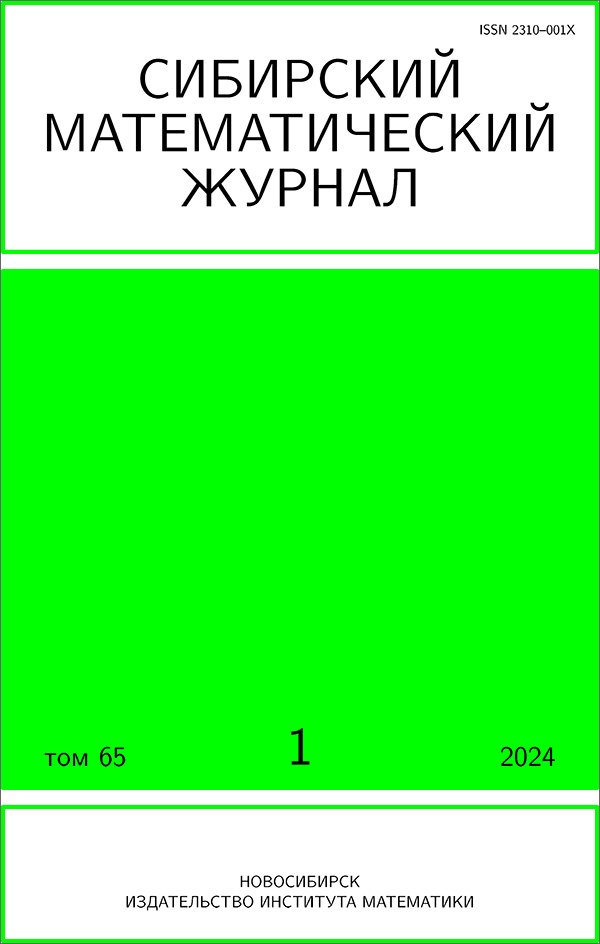|
This article is cited in 22 scientific papers (total in 22 papers)
The problem of recovering the permittivity coefficient from the modulus of the scattered electromagnetic field
V. G. Romanov
Sobolev Institute of Mathematics, Novosibirsk, Russia
Abstract:
Under consideration is the stationary system of equations of electrodynamics relating to a nonmagnetic nonconducting medium. We study the problem of recovering the permittivity coefficient $\varepsilon$ from given vectors of electric or magnetic intensities of the electromagnetic field. It is assumed that the field is generated by a point impulsive dipole located at some point $y$. It is also assumed that the permittivity differs from a given constant $\varepsilon_0$ only inside some compact domain $\Omega\subset\mathbb R^3$ with smooth boundary $S$. To recover $\varepsilon$ inside $\Omega$, we use the information on a solution to the corresponding direct problem for the system of equations of electrodynamics on the whole boundary of $\Omega$ for all frequencies from some fixed frequency $\omega_0$ on and for all $y\in S$. The asymptotics of a solution to the direct problem for large frequencies is studied and it is demonstrated that this information allows us to reduce the initial problem to the well-known inverse kinematic problem of recovering the refraction index inside $\Omega$ with given travel times of electromagnetic waves between two arbitrary points on the boundary of $\Omega$. This allows us to state uniqueness theorem for solutions to the problem in question and opens up a way of its constructive solution.
Keywords:
stationary electrodynamic equations, phaseless inverse problem, uniqueness, method of solution.
Received: 10.01.2017
Citation:
V. G. Romanov, “The problem of recovering the permittivity coefficient from the modulus of the scattered electromagnetic field”, Sibirsk. Mat. Zh., 58:4 (2017), 916–924; Siberian Math. J., 58:4 (2017), 711–717
Linking options:
https://www.mathnet.ru/eng/smj2908 https://www.mathnet.ru/eng/smj/v58/i4/p916
|


| Statistics & downloads: |
| Abstract page: | 264 | | Full-text PDF : | 82 | | References: | 50 | | First page: | 4 |
|





 Contact us:
Contact us: Terms of Use
Terms of Use
 Registration to the website
Registration to the website Logotypes
Logotypes








 Citation in format
Citation in format 
